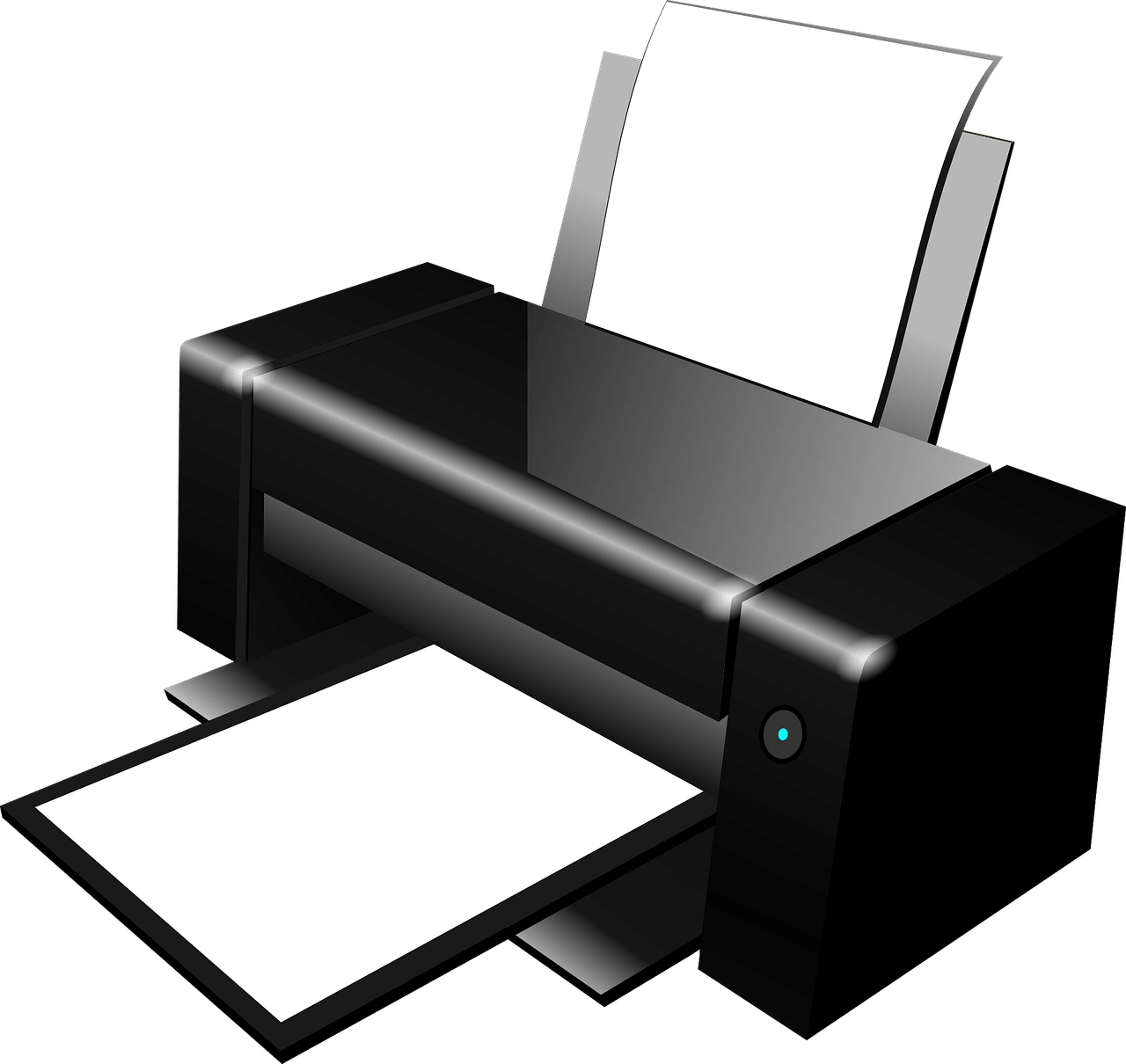
A printer is an output device.
An output device is one that emits a signal with information . To understand this notion that is used in computing , we must take into account that the idea of input/output is linked to the interfaces that the units of an information system use to establish communication: the input is the signal received by the unit and the output is the signal it sends.
It should be noted that a device , from the Latin dispositus ( "arranged" ), is a machine or system that performs certain actions ; That is, it is “willing” to carry out certain actions. If we focus on the term exit , it is about the action and effect of leaving or exiting . This verb refers to starting from one place to another, moving from inside to outside or getting rid of some discomfort.
Examples of output devices
We can mention, in this framework, that the printer (which receives information from a computer and produces a printed output on paper), the monitor (displays the data on the screen), the headphones (it emits sounds so that they can be heard by a person) and the speaker (plays sounds to the environment) are output devices.
For example: “My computer has several output devices since I need to have information in different formats,” “For me, the printer is not an essential output device since I usually work on a network, without the need to have a physical copy.” of the data” , “It is no use for me to have a computer without an output device” .

Among the output devices is the monitor.
The monitor
Among all output devices, the most important and most widely used worldwide is the monitor ; This is the component that allows us to display information in an attractive, easy to understand and (what most differentiates it from paper printouts) animated way. Users often forget that much of what they see on the screen when using a computer or mobile device was created simply to facilitate their interaction with the data, with the truly essential, which could well be expressed with a fraction of the processing and memory.
Let's not forget that also in the '80s people were capable of carrying out various tasks with the help of a computer, despite the abysmal differences they presented with current equipment; Although it is true that the possibilities have expanded considerably, it is likely that most of the texts and spreadsheets that are created daily, to name two very common types of documents, could be created perfectly on a two-year-old computer. or three decades.
Exit devices for the blind
The monitor is a basic output device for many in any device , although it is an exclusive element, since it has no use for a blind person. For them there are two possibilities, which many use together, and which in turn represent two other output devices: voice synthesizers through speakers and Braille displays.
The first alternative is a tool that many operating systems include in their basic package and allows the user to hear the content that they would otherwise see on the screen: the text of a document, the results of an Internet search, the search options. a menu, etc. It is managed through voice commands, for which it is usually necessary to go through a calibration process, so that the program has the necessary information to understand the person's accent.
Braille displays , also called simply electronic Braille devices , reproduce the textual content of the computer through a series of small moving protuberances. While voice synthesizers are more useful for navigating different windows and applications, reading a digital book is probably preferable through one of these screens.
Finally, it should be noted that some devices perform both operations (input and output), such as a network card or a modem .
